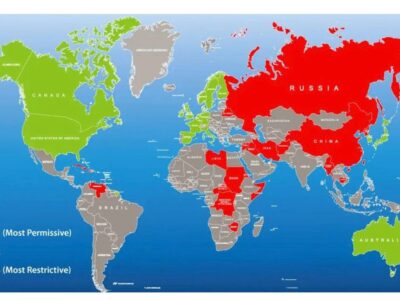By Ross Moyo
As part of its ongoing efforts to safeguard national food reserves and modernize agricultural infrastructure, Zimbabwe is rolling out more than 2,000 AI-powered smart silos and grain collection points across the country.
This large-scale initiative follows the commissioning of artificial intelligence-enabled silos in Kwekwe by President Emmerson Mnangagwa on May 5, 2025, and marks a major step forward in post-harvest management.
The smart silos and collection points, established by the Grain Marketing Board (GMB), are equipped with cutting-edge technology designed to improve storage efficiency, reduce grain spoilage, and cut transportation costs for farmers particularly in remote rural areas.
According to the Minister of Lands, Agriculture, Fisheries, Water and Rural Development, Dr. Anxious Masuka, the rollout of these smart facilities is a direct response to logistical and storage challenges previously faced by farmers.
“This expansion of our grain collection infrastructure is a game-changer for both our farmers and national food security,” said Dr. Masuka.
“It significantly reduces the burden on farmers by cutting transport costs and minimizing post-harvest losses — both critical for maximizing the value of our bumper harvest from the 2024/2025 summer cropping season.”
The 2,000+ smart grain collection points are part of a ward-based strategy, ensuring that grain marketing becomes more decentralized and accessible.
This initiative is expected to contribute to stronger national food security, particularly by reaching underserved farming communities.
Dr. Masuka also noted that the country’s storage capacity now exceeds national grain requirements, potentially allowing for a surplus of up to 1.2 million tonnes, depending on final consumption figures.
The 2025 Second Livestock and Fisheries Assessment Report (CLAFA-2) revealed that:
•The area planted under maize increased from 1.72 million hectares to 1.83 million hectares.
•Estimated maize output has reached 2.29 million tonnes.
•Traditional grains — including sorghum, pearl millet, and finger millet — are projected to yield an additional 634,650 tonnes.
•Total cereal output is estimated at approximately 2.93 million tonnes.













Comments